-
 Bitcoin
Bitcoin $108,489.6704
1.13% -
 Ethereum
Ethereum $2,502.0528
2.92% -
 Tether USDt
Tether USDt $1.0002
0.00% -
 XRP
XRP $2.1941
0.51% -
 BNB
BNB $655.3375
1.00% -
 Solana
Solana $151.5977
1.27% -
 USDC
USDC $0.9999
0.00% -
 TRON
TRON $0.2768
0.32% -
 Dogecoin
Dogecoin $0.1676
2.86% -
 Cardano
Cardano $0.5675
0.98% -
 Hyperliquid
Hyperliquid $40.6109
7.48% -
 Bitcoin Cash
Bitcoin Cash $500.7746
2.09% -
 Sui
Sui $2.8328
2.03% -
 Chainlink
Chainlink $13.4452
1.26% -
 UNUS SED LEO
UNUS SED LEO $9.1623
0.39% -
 Avalanche
Avalanche $18.2267
2.24% -
 Stellar
Stellar $0.2382
0.00% -
 Toncoin
Toncoin $2.8885
1.68% -
 Shiba Inu
Shiba Inu $0.0...01159
0.91% -
 Litecoin
Litecoin $87.1827
0.88% -
 Hedera
Hedera $0.1511
2.90% -
 Monero
Monero $315.4992
-0.59% -
 Polkadot
Polkadot $3.4663
2.34% -
 Bitget Token
Bitget Token $4.6118
-0.65% -
 Dai
Dai $1.0000
-0.01% -
 Ethena USDe
Ethena USDe $1.0003
0.02% -
 Uniswap
Uniswap $7.2989
4.69% -
 Pepe
Pepe $0.0...01003
5.73% -
 Aave
Aave $275.5616
7.15% -
 Pi
Pi $0.5181
-2.49%
How to operate NFT leasing? How to set up the platform and contract?
NFT leasing lets owners lend their assets for income while lessees use them without buying; setting up involves choosing a blockchain, developing a UI, and creating a smart contract.
May 08, 2025 at 03:35 am
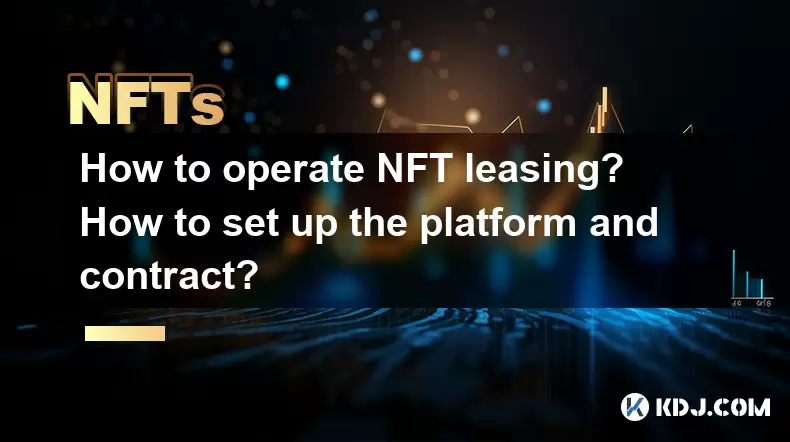
Introduction to NFT Leasing
NFT leasing is a relatively new concept within the cryptocurrency and blockchain ecosystem that allows owners of non-fungible tokens (NFTs) to lend their assets to others for a specified period in exchange for payment. This practice can be beneficial for both the lessor, who can generate income from their assets, and the lessee, who can utilize the NFT without having to purchase it outright. Setting up a platform and smart contract for NFT leasing involves several detailed steps and considerations, which we will explore in this article.
Understanding NFT Leasing
Before diving into the setup process, it's important to understand what NFT leasing entails. Essentially, NFT leasing involves creating a contract that outlines the terms of the lease, including the duration, payment terms, and any conditions for the return of the NFT. This contract is typically executed on a blockchain, ensuring transparency and security for all parties involved.
Setting Up the NFT Leasing Platform
To set up an NFT leasing platform, you'll need to consider several key components. These include the user interface, backend infrastructure, and integration with blockchain networks. Here’s a breakdown of the steps involved:
Choose a Blockchain Network: Select a blockchain that supports smart contracts, such as Ethereum, Binance Smart Chain, or Polygon. Each has its own advantages in terms of transaction fees, speed, and community support.
Develop the User Interface: Design a user-friendly interface that allows users to list their NFTs for lease, browse available NFTs, and manage lease agreements. This can be done using web development frameworks like React or Angular.
Backend Development: The backend will handle the logic for processing lease agreements, managing payments, and interacting with the blockchain. You can use languages like Node.js or Python for this purpose.
Integrate with Blockchain: Use libraries like Web3.js or Ethers.js to interact with the blockchain. This will allow your platform to read and write data to the blockchain, such as creating and managing lease contracts.
Testing and Deployment: Thoroughly test your platform to ensure it functions as expected. Once satisfied, deploy it to a hosting service that can handle the traffic and security requirements of a blockchain application.
Creating the NFT Leasing Smart Contract
The smart contract is the backbone of the NFT leasing process. It automates the enforcement of lease terms and ensures that all parties adhere to the agreed-upon conditions. Here’s how to create an NFT leasing smart contract:
Define the Contract Structure: Start by defining the structure of your smart contract. This should include variables for the NFT address, lease duration, payment amount, and any other relevant terms.
Implement Lease Functionality: Write functions to initiate a lease, accept a lease, and return the NFT at the end of the lease period. Ensure these functions handle payments and enforce the lease terms.
Security Measures: Include security measures to prevent unauthorized access and ensure the integrity of the lease agreement. This can include access control mechanisms and checks to validate the state of the NFT.
Testing the Contract: Use tools like Truffle or Hardhat to test your smart contract on a local blockchain environment. This helps identify and fix any bugs before deploying to the mainnet.
Deployment: Once tested, deploy your smart contract to the chosen blockchain network. This typically involves paying a gas fee to execute the deployment transaction.
Managing NFT Leases
Once your platform and smart contract are set up, you'll need to manage the leasing process. This involves:
Listing NFTs for Lease: Allow users to list their NFTs on your platform, specifying the lease terms and payment requirements.
Lease Agreement: When a user agrees to lease an NFT, the smart contract should automatically create a lease agreement, transferring the NFT to the lessee and handling the payment to the lessor.
Monitoring and Enforcement: The smart contract should monitor the lease duration and enforce the return of the NFT at the end of the lease period. If the lessee fails to return the NFT, the contract should have mechanisms to penalize them or automatically return the NFT to the lessor.
Dispute Resolution: Implement a system for resolving disputes between lessors and lessees. This could involve a third-party arbitration service or a community voting mechanism.
Ensuring Compliance and Security
Compliance and security are critical aspects of any NFT leasing platform. Here are some steps to ensure your platform meets these requirements:
Legal Compliance: Ensure your platform complies with relevant laws and regulations, such as those related to digital assets and financial transactions. This may involve consulting with legal experts to draft terms of service and user agreements.
Security Audits: Regularly conduct security audits of your platform and smart contracts to identify and fix vulnerabilities. This can be done through internal testing or by hiring external security firms.
User Verification: Implement user verification processes to prevent fraud and ensure that only legitimate users can participate in NFT leasing. This could involve KYC (Know Your Customer) procedures or other identity verification methods.
Data Privacy: Protect user data by implementing robust data privacy measures. This includes encrypting sensitive information and adhering to data protection regulations like GDPR.
Frequently Asked Questions
Q: Can I lease out multiple NFTs at the same time on the same platform?
A: Yes, most NFT leasing platforms allow users to list multiple NFTs for lease simultaneously. The platform's smart contract should be designed to handle multiple lease agreements concurrently, ensuring that each NFT's lease terms are managed independently.
Q: What happens if the lessee fails to return the NFT at the end of the lease period?
A: The smart contract should include mechanisms to enforce the return of the NFT. If the lessee fails to return it, the contract can automatically transfer the NFT back to the lessor or impose penalties on the lessee, such as withholding their deposit or charging additional fees.
Q: Are there any fees associated with using an NFT leasing platform?
A: Yes, there are typically fees associated with using an NFT leasing platform. These can include transaction fees for interacting with the blockchain, platform fees for listing and managing leases, and any fees charged by the smart contract for executing lease agreements.
Q: How can I ensure the security of my NFTs while they are leased out?
A: To ensure the security of your NFTs, choose a reputable platform that conducts regular security audits and has robust smart contract security measures in place. Additionally, consider using a multi-signature wallet for added security and ensure that the lease agreement includes clear terms for the safekeeping and return of the NFT.
Disclaimer:info@kdj.com
The information provided is not trading advice. kdj.com does not assume any responsibility for any investments made based on the information provided in this article. Cryptocurrencies are highly volatile and it is highly recommended that you invest with caution after thorough research!
If you believe that the content used on this website infringes your copyright, please contact us immediately (info@kdj.com) and we will delete it promptly.
- Ripple, Stablecoin, Adoption: RLUSD Leading the Charge
- 2025-06-30 14:30:12
- Bitcoin ETF, IBIT, and the Bull Flag: Is $144,000 on the Horizon?
- 2025-06-30 14:50:12
- Bitcoin, Passive Income, and a Bull Raise: Riding the Crypto Wave
- 2025-06-30 14:30:12
- Bitcoin, Personal Loans, and Omega 88: A New Era in Lending?
- 2025-06-30 15:09:14
- Saylor's Strategy: How MicroStrategy's Bitcoin Bet is Reshaping Finance
- 2025-06-30 14:52:14
- Metaplanet's Bitcoin Blitz: From Zero to Hero in the Corporate Treasury Race
- 2025-06-30 15:10:54
Related knowledge
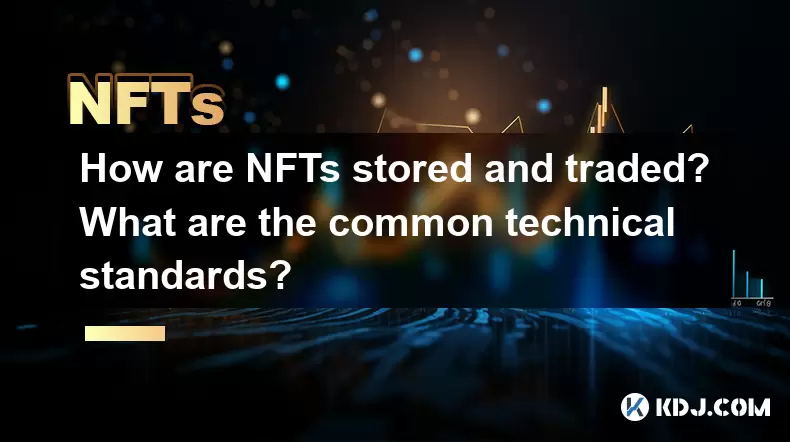
How are NFTs stored and traded? What are the common technical standards?
Jun 20,2025 at 08:49am
Understanding NFT Storage MechanismsNon-Fungible Tokens (NFTs) are digital assets that represent ownership of a unique item or piece of content, such as art, music, videos, or virtual real estate. The way NFTs are stored is crucial to their security and accessibility. Most NFTs are built on blockchain platforms like Ethereum, and the actual file—such as...
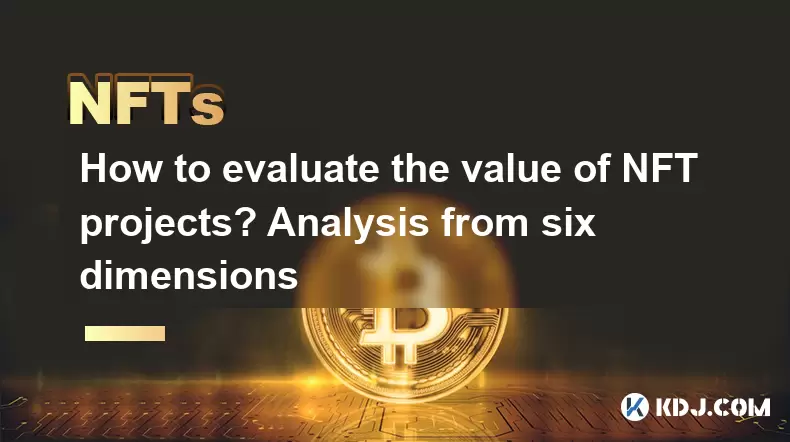
How to evaluate the value of NFT projects? Analysis from six dimensions
Jun 21,2025 at 02:28pm
1. Project Background and Team CredibilityEvaluating the value of NFT projects begins with a thorough understanding of its background and team composition. A credible project is usually backed by experienced developers, designers, and marketers who have a proven track record in blockchain or digital art industries. The presence of identifiable team memb...

What is the difference between NFT and digital collectibles? A must-read guide for beginners
Jun 19,2025 at 09:42pm
Understanding the Basics of NFTsNFTs, or Non-Fungible Tokens, are unique digital assets that represent ownership of a specific item or piece of content on the blockchain. Unlike cryptocurrencies such as Bitcoin or Ethereum, which are fungible and can be exchanged one-for-one, each NFT has distinct properties and cannot be directly replaced by another to...
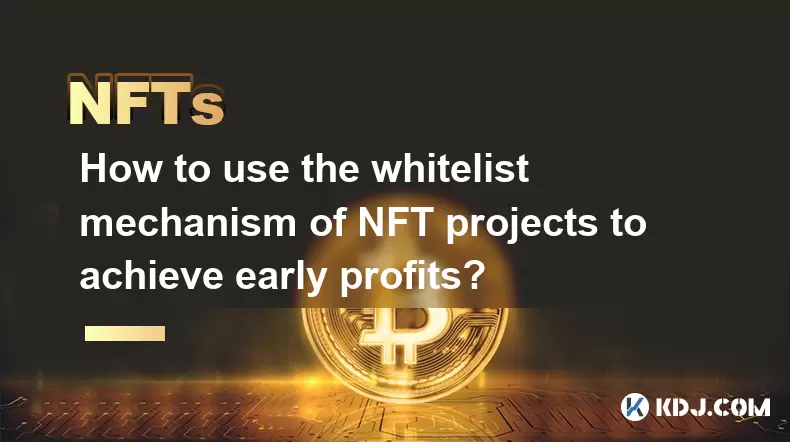
How to use the whitelist mechanism of NFT projects to achieve early profits?
Jun 21,2025 at 03:49am
Understanding the Whitelist Mechanism in NFT ProjectsThe whitelist mechanism is a popular strategy used by NFT project developers to allocate early access or exclusive minting rights to a select group of users. This system allows participants on the whitelist to mint NFTs before they are released to the general public, often at lower prices and with few...
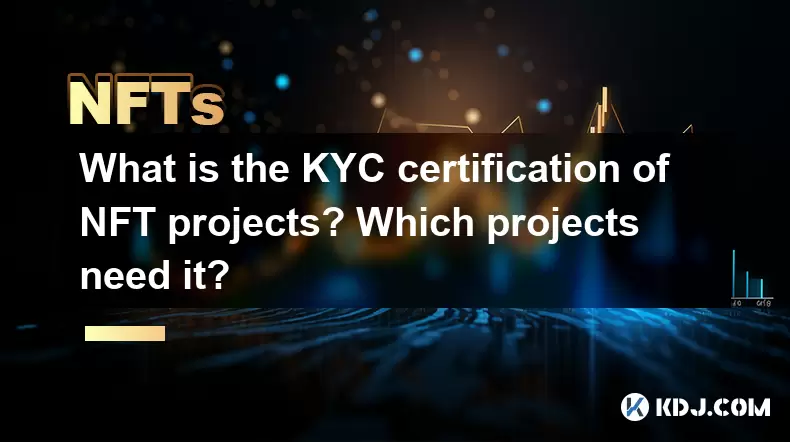
What is the KYC certification of NFT projects? Which projects need it?
Jun 21,2025 at 03:08pm
Understanding KYC Certification in the NFT SpaceKYC, or Know Your Customer, is a regulatory process used by businesses to verify the identity of their clients. In the context of NFT projects, KYC certification refers to the verification of user identities before they can participate in minting, trading, or selling NFTs on a platform. This practice is in...
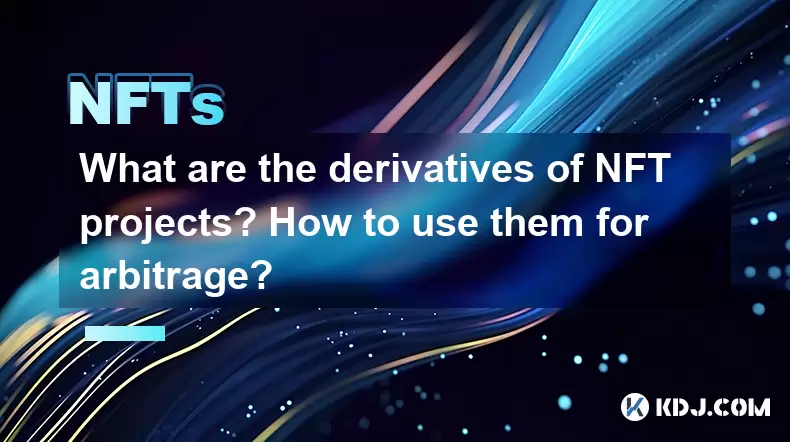
What are the derivatives of NFT projects? How to use them for arbitrage?
Jun 20,2025 at 06:14am
Understanding the Derivatives of NFT ProjectsNFTs, or non-fungible tokens, have evolved beyond simple digital collectibles. In recent years, derivatives of NFT projects have emerged as a new financial layer within the blockchain ecosystem. These derivatives are essentially financial instruments derived from the value and performance of underlying NFT as...

How are NFTs stored and traded? What are the common technical standards?
Jun 20,2025 at 08:49am
Understanding NFT Storage MechanismsNon-Fungible Tokens (NFTs) are digital assets that represent ownership of a unique item or piece of content, such as art, music, videos, or virtual real estate. The way NFTs are stored is crucial to their security and accessibility. Most NFTs are built on blockchain platforms like Ethereum, and the actual file—such as...

How to evaluate the value of NFT projects? Analysis from six dimensions
Jun 21,2025 at 02:28pm
1. Project Background and Team CredibilityEvaluating the value of NFT projects begins with a thorough understanding of its background and team composition. A credible project is usually backed by experienced developers, designers, and marketers who have a proven track record in blockchain or digital art industries. The presence of identifiable team memb...

What is the difference between NFT and digital collectibles? A must-read guide for beginners
Jun 19,2025 at 09:42pm
Understanding the Basics of NFTsNFTs, or Non-Fungible Tokens, are unique digital assets that represent ownership of a specific item or piece of content on the blockchain. Unlike cryptocurrencies such as Bitcoin or Ethereum, which are fungible and can be exchanged one-for-one, each NFT has distinct properties and cannot be directly replaced by another to...

How to use the whitelist mechanism of NFT projects to achieve early profits?
Jun 21,2025 at 03:49am
Understanding the Whitelist Mechanism in NFT ProjectsThe whitelist mechanism is a popular strategy used by NFT project developers to allocate early access or exclusive minting rights to a select group of users. This system allows participants on the whitelist to mint NFTs before they are released to the general public, often at lower prices and with few...

What is the KYC certification of NFT projects? Which projects need it?
Jun 21,2025 at 03:08pm
Understanding KYC Certification in the NFT SpaceKYC, or Know Your Customer, is a regulatory process used by businesses to verify the identity of their clients. In the context of NFT projects, KYC certification refers to the verification of user identities before they can participate in minting, trading, or selling NFTs on a platform. This practice is in...

What are the derivatives of NFT projects? How to use them for arbitrage?
Jun 20,2025 at 06:14am
Understanding the Derivatives of NFT ProjectsNFTs, or non-fungible tokens, have evolved beyond simple digital collectibles. In recent years, derivatives of NFT projects have emerged as a new financial layer within the blockchain ecosystem. These derivatives are essentially financial instruments derived from the value and performance of underlying NFT as...
See all articles

























































































